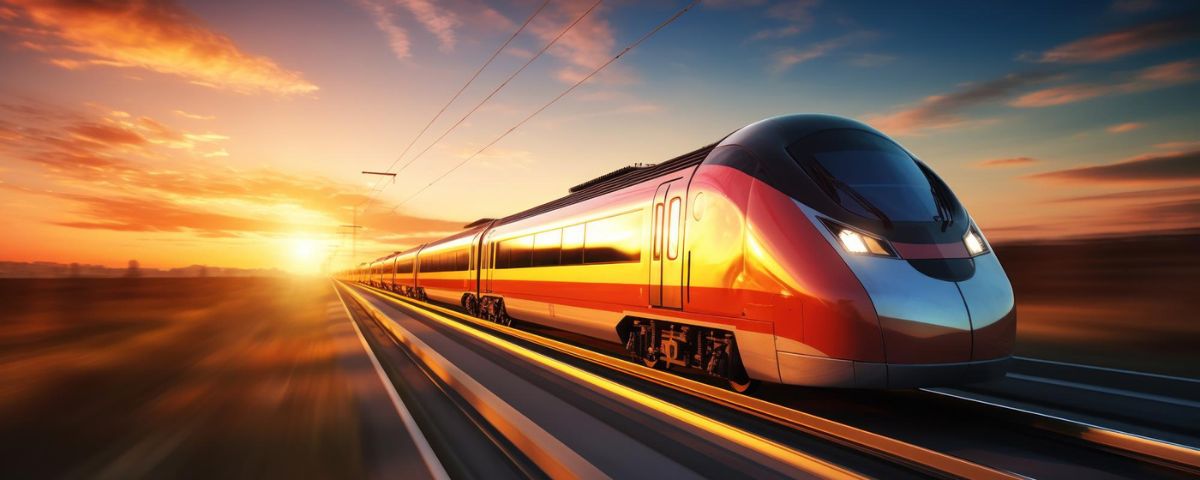
The persistent issue of unreliable, high-speed mobile data on trains has prompted Germany to explore innovative solutions to improve 5G connectivity for rail travelers. A new initiative, “5G am Gleis” (5G on Track), aims to deliver gigabit-capable 5G coverage along the Hamburg-Berlin railway, one of the busiest routes in the country.
Collaborative Effort to Transform Rail Communication
Germany’s four mobile network operators—1&1, Deutsche Telekom, Telefónica Deutschland (O2), and Vodafone Germany—have partnered with national railway operator Deutsche Bahn and the German government to pilot this project. The initiative is part of the overhaul of the Hamburg-Berlin route scheduled between August 2025 and April 2026.
During the route’s renovation, Deutsche Bahn will install radio masts for the Future Railway Mobile Communication System (FRMCS), a 5G-based technology set to replace the outdated 2G-based GSM-R system across Europe by 2035. After implementation, mobile operators will evaluate their ability to provide rail passengers with gigabit-speed data services by sharing the newly installed radio masts.
Addressing Growing Data Demands
With up to 230 trains and 30,000 passengers traveling daily on the 278-kilometer Hamburg-Berlin route, reliable high-speed internet is in high demand. The “5G am Gleis” project builds on the 2023 Gigabit Innovation Track (GINT), a collaboration between Deutsche Bahn, Ericsson, O2 Telefónica, and Vodafone Group’s Vantage Towers, which successfully tested gigabit mobile communications along a rail segment in Mecklenburg-Vorpommern.
The German government has also allocated €6.4 million in funding for these advancements under its “gigabit strategy,” which aims to deploy fiber-to-the-premises by 2030 and 5G wherever people live, work, or travel.
The Shift from GSM-R to FRMCS
Operational rail communications in Europe have relied on the GSM-R system since the early 2000s. However, with technological advancements, the system will be phased out by 2030. FRMCS, leveraging 5G, will serve as its successor, offering robust connectivity for operational needs and passenger services.
According to Ericsson, deploying FRMCS across Germany will require approximately 20,000 new masts along rail tracks. These installations are expected to support both operational communication and high-speed mobile services for passengers.
Scaling 5G Across Europe
The European Commission estimates that rolling out 5G infrastructure across 113,000 kilometers of railways, along with highways and waterways, could cost between €26.3 billion and €78.9 billion. As Germany pioneers this transition, “5G am Gleis” represents a significant step toward revolutionizing rail communication and enhancing passenger experiences with cutting-edge mobile technology.


